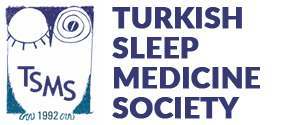Narcolepsy Type 1
NT1 is associated with the symptom of cataplexy, which is the sudden loss of muscle tone. NT1 was formerly known as “narcolepsy with cataplexy.”
Not all patients who are diagnosed with NT1 experience episodes of cataplexy. NT1 can also be diagnosed when a person has low levels of hypocretin-1, a chemical in the body that helps control wakefulness.
The cataplexy phenotype differs widely between patients, ranging from sporadic partial attacks triggered by laughter, to frequent complete attacks of collapse brought about by a variety of emotions. In the vast majority of attacks, cataplexy is bilateral, although patients sometimes report one side of the body to be more affected than the other. Partial attacks can be very subtle and sometimes only recognized by experienced observers such as the patient’s partner. Neck weakness, producing head drop, is a common complaint, whereas facial weakness may lead to sagging of the jaw and dysarthria. Respiratory muscles are not involved although patients sometimes describe shortness of breath when symptomatic.
Narrcolepsy Type 2
NT2 was formerly known as “narcolepsy without cataplexy.” People with NT2 have many similar symptoms as people with NT1, but they do not have cataplexy or low levels of hypocretin-1.
- Turkish Sleep Medicine Society - TSMS
- Naci Çakır Mah. 760 Sk. No:25/17
- Çankaya / Ankara
- E-mail Addresses
- iletisim@tutd.org.tr
- Phone
- 0 530 409 8260

